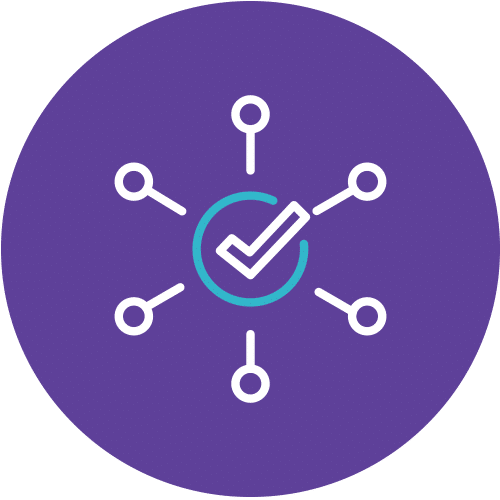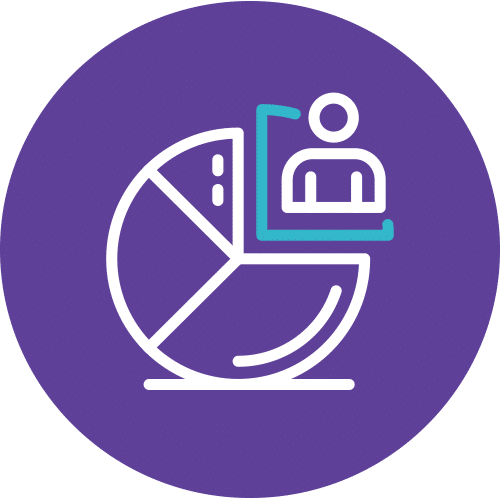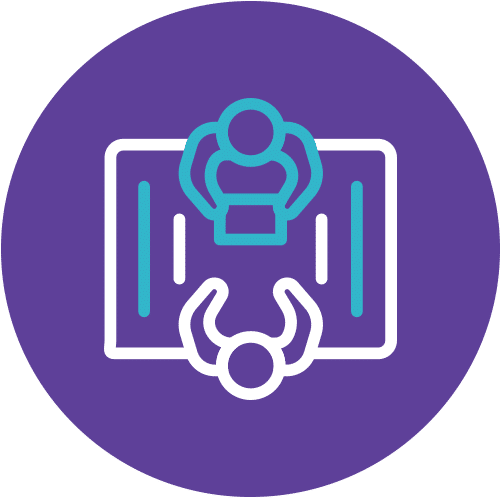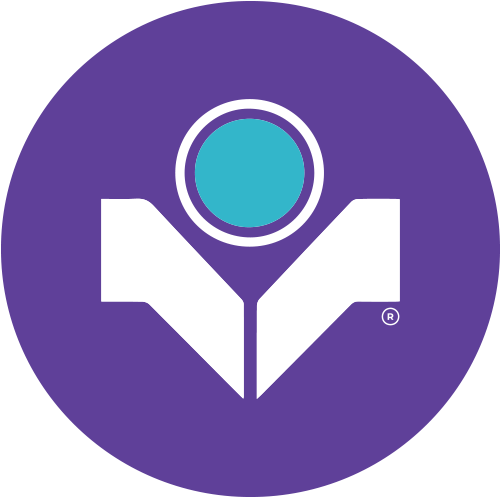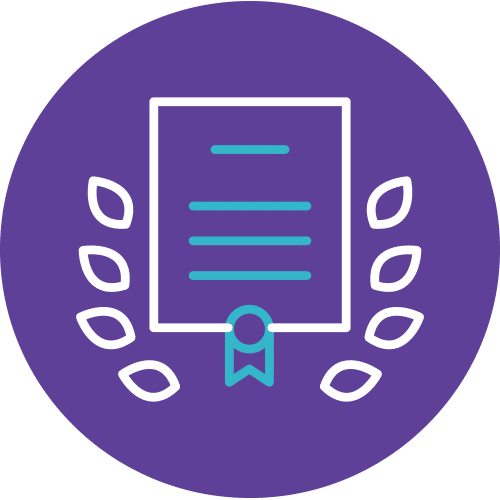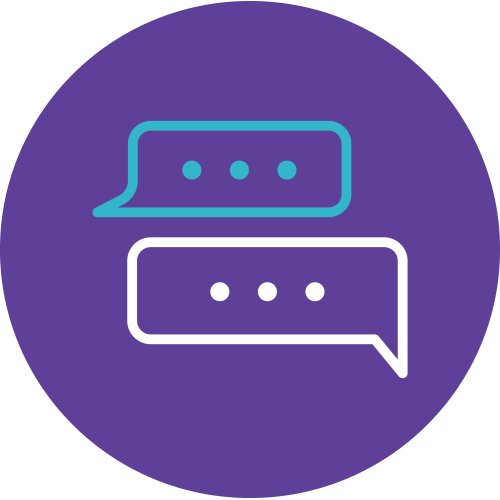Overview: PL–7000 Series: Microsoft Power Platform: Apps & Automation
Become a citizen developer with the Microsoft Power Platform PL-7000 series! This program equips you to build custom business applications and automate workflows, revolutionizing your work without extensive coding. Master the art of drag-and-drop app creation using Power Apps within the Microsoft Power Platform and learn how to seamlessly connect your applications to various data sources. The comprehensive training ensures you can craft intuitive and functional apps tailored to your business needs, all using the versatile tools provided by the Microsoft Power Platform.
Leverage Power Automate, another key component of the Microsoft Power Platform, to streamline repetitive tasks and boost efficiency. By automating workflows, you’ll save valuable time and focus on more strategic work. By the end of the Microsoft Power Platform PL-7000 series, you’ll be empowered to create innovative solutions that transform the way you work, significantly enhancing productivity and driving business success. Enroll today to unlock your potential as a citizen developer with the Microsoft Power Platform.
Course Details
Course Code: PL-7000 Series; Duration: 3Days; Instructor-led
Create your own data model and canvas app to support a scenario for a fictional company. You’re provided high-level specifications on the custom tables, columns and canvas app needed to complete this project.
Get started with Power Automate by create and manage automated processes with Power Automate. Including creating triggers for cloud flows, configuring actions, implementing conditional logic for a cloud flow, testing a cloud flow, creating and configuring approvals by using Power Automate, and sharing cloud flows.
In this learning path, you practice building model-driven apps by using Microsoft Power Apps. The skills validated include creating Dataverse tables, modifying forms and views, and configuring a model-driven app. The scenario in this experience represents real-world challenges faced by individuals with business-specific expertise who build model-driven apps.
Audience
–
Prerequisites
You should understand application development, writing formulas such as those in Excel, and creating, reading, updating, and deleting data.
Fundamental understanding of Power Platform
Basic understanding of Power Automate.
Candidates for this credential should be familiar with data modeling concepts in Microsoft Dataverse and with the Power Apps maker portal.
Methodology
This program will be conducted with interactive lectures, PowerPoint presentation, discussion and practical exercise.
Course Objectives
–
Outlines
This module introduces the learner to Power Apps. It starts with an introduction video briefly describing the “why” (case for Power Apps) and the “what” for what users can do with Power Apps. The units then take users through the “how” instilling in them the confidence that they can use Power Apps to interact with their data.
Lesson
- Introduction to Power Apps
- Start Power Apps
- Exercise – Create your first app in Power Apps
- Power Apps data sources
- Exercise – Create an app from Excel using Copilot
- Use Power Apps with Power Automate and Power BI
- Designing a Power Apps app
- Check your knowledge
- Summary
Learning Objectives
- Explore how Power Apps can make your business more efficient.
- Use different technologies to perform different tasks in Power Apps.
- Build an app in Power Apps in different ways.
- Create your first app from data in an Excel workbook.
In this module, we’ll show learners how to customize their app, a necessary skill for taking advantage of the capabilities of Power Apps. This unit builds upon the app produced in the first unit.
Lesson
- Improve your app by making basic customizations
- Explore controls and screens in canvas apps
- Exercise – Introduction to formulas in canvas apps
- Exercise – Create basic screen navigation for a canvas app
- Check your knowledge
- Summary
Learning Objectives
- Change the layout of a gallery.
- Change the data that a control portrays.
- Modify a form control to show different data fields.
- Learn about gallery and form controls.
- Add a screen.
- Learn how to modify label properties by using basic formulas.
- Add labels.
- Learn how to create basic screen navigation.
UI for their app including theming, icons, images, personalization, form factors and controls. In their learning path, thus far, learners have used basic controls with little to no customization. This unit shows how to make an app more personal and help it fit branding or personal requirements.
Lesson
- Use themes to quickly change the appearance of your app
- Brand a control
- Icons
- Images
- Personalization
- Build for phones or tablets
- Exercise – Create and adjust UI for a new canvas app
- Check your knowledge
- Summary
Learning Objectives
- Understand the basics of building the UI through themes, icons, control customization, and images.
- Use personalization in a canvas app.
- Learn how to preview and modify an app to fit different form factors.
Do you need to connect an app to access data? Then this module is for you. It focuses on connecting your app to a data source.
Lesson
- Introduction
- Data-source overview
- Add a data source
- Add Office 365 users to your application
- Display and interact with your data in a gallery
- Move data between collections and data sources by using Collect
- Exercise – Work with external data in a canvas app
- Check your knowledge
- Summary
Learning Objectives
- Understand data sources for canvas apps in Power Apps
- Use the Collect function
Forms can be used to view, edit, and create records. This module demonstrates how to use forms to write data to your data source. Topics will include form setup, the different form modes, and how to configure a submit button.
Lesson
- Introduction to forms
- Form modes
- Adding and customizing an Edit form
- Submit your form
- Special properties
- Exercise- Working with forms
- Check your knowledge
- Summary
Learning Objectives
- Understand how to work with Forms in canvas apps
- Configure a submit button to write data
- Use and Understand the different form modes
You’ve built your first app. Now, it’s time to publish, share it with others, and maintain subsequent versions of the app.
Lesson
- Introduction
- Exercise – Publish your app
- Exercise – Share your app
- Exercise – Maintain your app
- Application lifecycle management
- Check your knowledge
- Summary
Learning Objectives
- Learn how to introduce the primary app build.
- Discover how to launch future iterations of the app.
- Learn how to manage versions and publish your app.
Create your own data model and canvas app to support a scenario for a fictional company. You’re provided high-level specifications on the custom tables, columns and canvas app needed to complete this project.
Lesson
- Introduction
- Prepare
- Exercise – Create a canvas app that connects to a data source
- Knowledge check
- Summary
Learning Objectives
- Connect to data sources in canvas apps
- Build canvas apps screens
- Select appropriate assets and components
- Add canvas app assets and components to screens
Power Automate is an online workflow service that automates actions across the most common apps and services.
Lesson
- Introducing Power Automate
- Create your first flow
- Exercise – Create recurring flows
- Exercise – Monitor incoming emails
- Exercise – Share flows
- Troubleshoot flows
- Check your knowledge
- Summary
Learning Objectives
- Create a flow that automatically saves email attachments
- Learn how to create a button flow to send yourself a reminder
Power Automate is an online workflow service that automates actions across the most common apps and services. In this module, you build approval flows to streamline your business, save time, and work more efficiently.
Lesson
- Provide solutions to real-world scenarios.
- Exercise – Build an approval request
- Exercise – Create a business process flow
- Exercise – Create a business process flow that has conditions
- Check your knowledge
- Summary
Learning Objectives
- Create and process approval requests.
- Build a flow that runs at recurring time intervals.
- Create a business process flow with conditions.
Power Automate is an online workflow service that automates actions across the most common apps and services. In this module, you build more flows to manage user information.
Lesson
- Introduction
- Exercise – Build a flow that uses information like locations or date
- Exercise – Build a flow accepts user input when run
- Exercise – Create a flow that blocks time on your calendar
- Check your knowledge
- Summary
Learning Objectives
- Build a flow that uses information like locations or date.
- Build a flow accepts user input when run.
- Create a flow that blocks time on a calendar.
Power Automate is an online workflow service that automates actions across the most common apps and services. In this module, you’ll build flows across multiple data sources.
Lesson
- Introduction
- Exercise – Build a flow that runs when an event in Dynamics 365 occurs
- Exercise – Build a flow that uses SQL
- Exercise – Integrate Power Apps, Power Automate, and SharePoint
- Exercise – Monitor flows
- Check your knowledge
- Summary
Learning Objectives
- Build a flow that uses Dataverse
- Build a flow that uses SQL
- Integrate Power Apps, Power Automate, and SharePoint
- Monitor flows
Create your own data model and flow to support a scenario for a fictional company. You’ll be provided with high-level specifications on the custom tables, columns, and flow needed to complete this project.
Lesson
- Introduction
- Prepare
- Exercise – Build a Power Automate flow to send automated emails
- Knowledge check
- Summary
Learning Objectives
- Customize a Dataverse database to meet business requirements
- Create a Power Automate flow based on provided specifications
Dataverse lets you securely store and manage data that’s used by business applications. Standard and custom tables within Dataverse provide a secure and cloud-based storage option for your data.
Lesson
- Introduction to Microsoft Dataverse
- Table characteristics
- Exercise – Create a Microsoft Dataverse table
- Exercise – Import data into your Microsoft Dataverse database
- Table relationships
- Exercise – Create table relationships
- Dataverse logic and security
- Exercise – Create a custom table and import data
- Dataverse auditing
- Dual-write vs. virtual tables
- Check your knowledge
- Summary
Learning Objectives
- Create tables with Dataverse
- Import data into a Dataverse database
Model-driven app design is an approach that focuses on quickly adding components to your apps. These components include dashboards, forms, views, and charts. With little or no code, you can make apps that are simple or complex.
Lesson
- Introducing model-driven apps
- Components of model-driven apps
- Design model-driven apps
- Exercise
- Exercise – Control security when sharing model-driven apps
- Incorporate business process flows
- Exercise – Create a model-driven app
- Check your knowledge
- Summary
Learning Objectives
- Model-driven app design
- Creating a model-driven app
In this module, you’ll learn about forms, grids, views, charts, and dashboards that can be used in model-driven apps.
Lesson
- Forms overview
- Form elements
- Configure multiple forms
- Use specialized form components
- Configure views overview
- Configure grids
- Create and edit views
- Configure charts overview
- Dashboards overview
- Use interactive streams and tiles
- Check your knowledge
- Summary
Learning Objectives
- Use form elements and controls
- Configure forms
- Use specialized form components
- Use editable grids
- Identify views and use public views
- Learn how to configure charts
- Learn how to configure dashboard
Microsoft Power Apps and Power Automate include such package features as apps from Microsoft Power Apps, site maps, flows, entities, customer connectors, and more. In this module, you’ll learn how to manage solutions with Power Automate.
Lesson
- Introduction
- Add and remove apps, flows, and entities in a solution
- Edit a solution-aware app, flow, and table
- Exercise – Import and export solutions
- Build and deploy a complex solution with flows, apps, and entities
- Automate solution management
- Check your knowledge
- Summary
Learning Objectives
- Package existing items into a solution.
- Create solutions.
- Edit existing solution-aware apps, flows in a solution.
- Import and export solutions.
- Deploy complex solutions with many components.
- Learn about component dependency on other components.
In this module, practice building model-driven apps with Microsoft Power Apps, including creating Dataverse tables, modifying forms and views, and configuring apps. The lab offers interactive practice with real-world scenarios for business-specific challenges.
Lesson
- Introduction
- Prepare
- Exercise – Create custom tables
- Exercise – Modify forms and views
- Exercise – Build a model-driven app
- Knowledge check
- Summary
Learning Objectives
- Create Dataverse tables and columns
- Work with solutions
- Modify Dataverse forms
- Modify Dataverse views
- Configure model-driven apps





